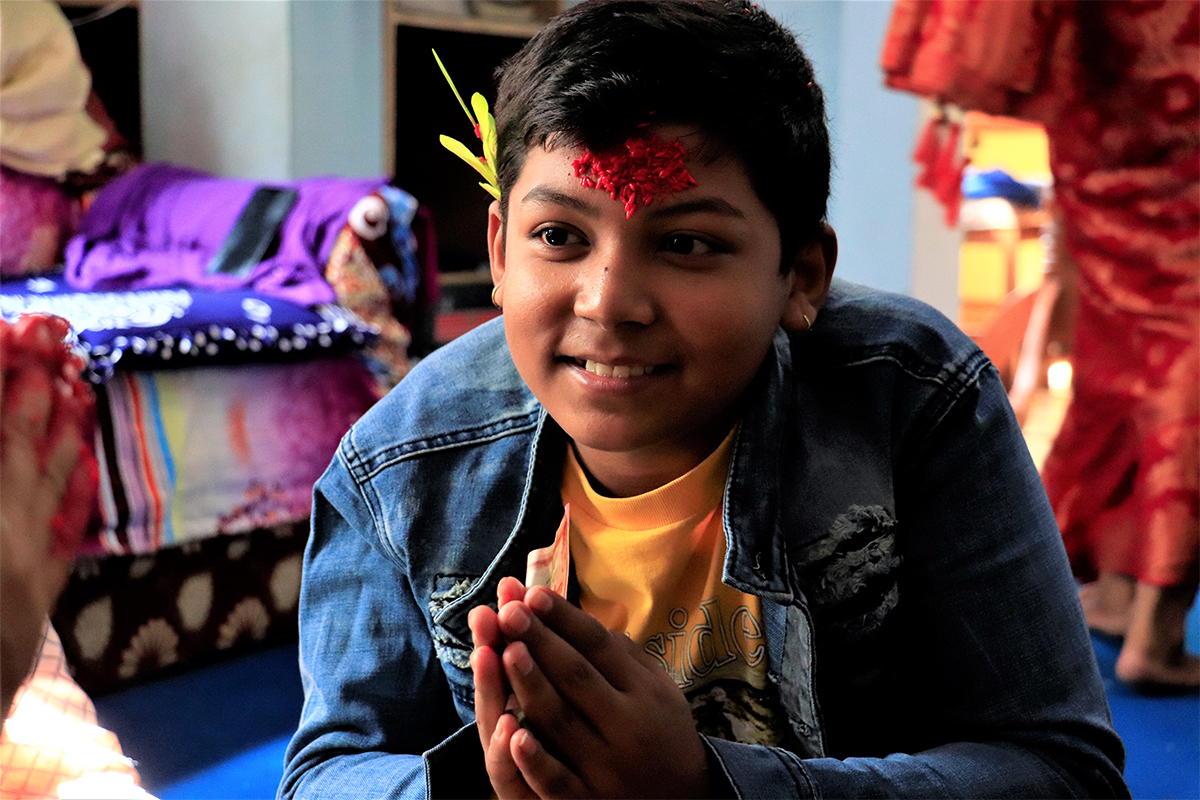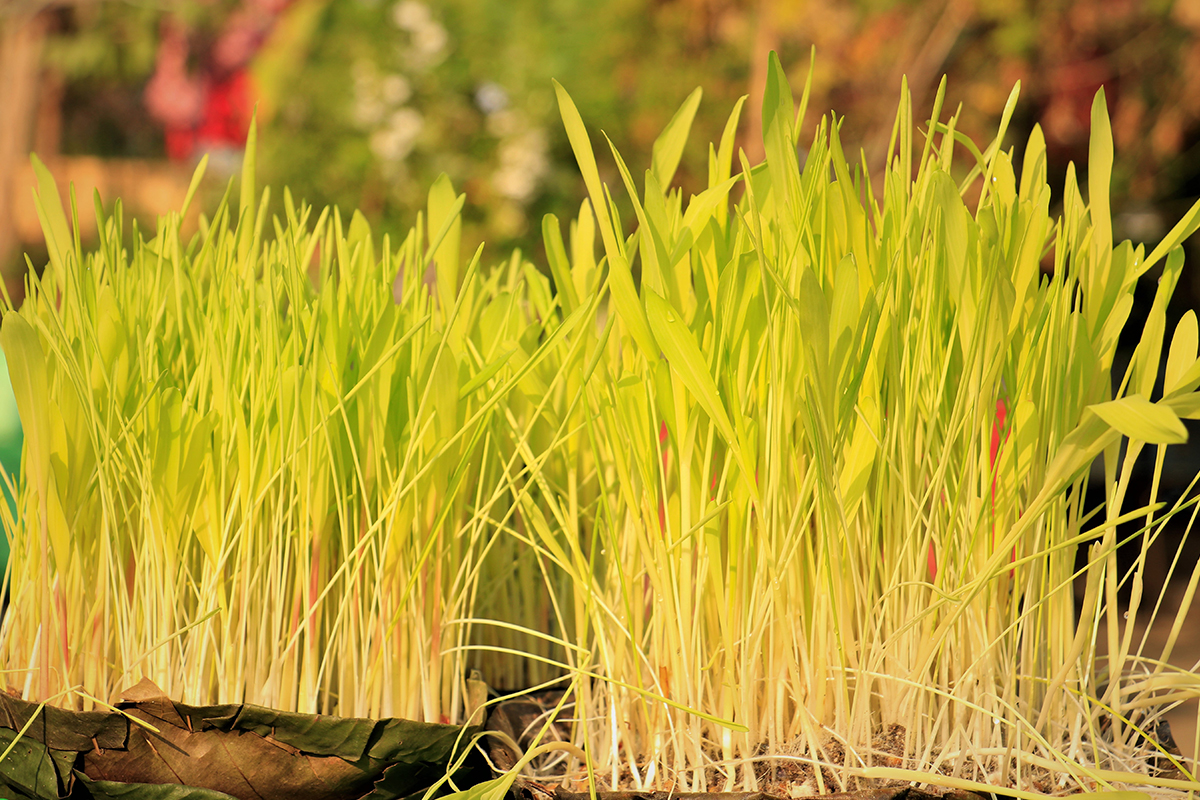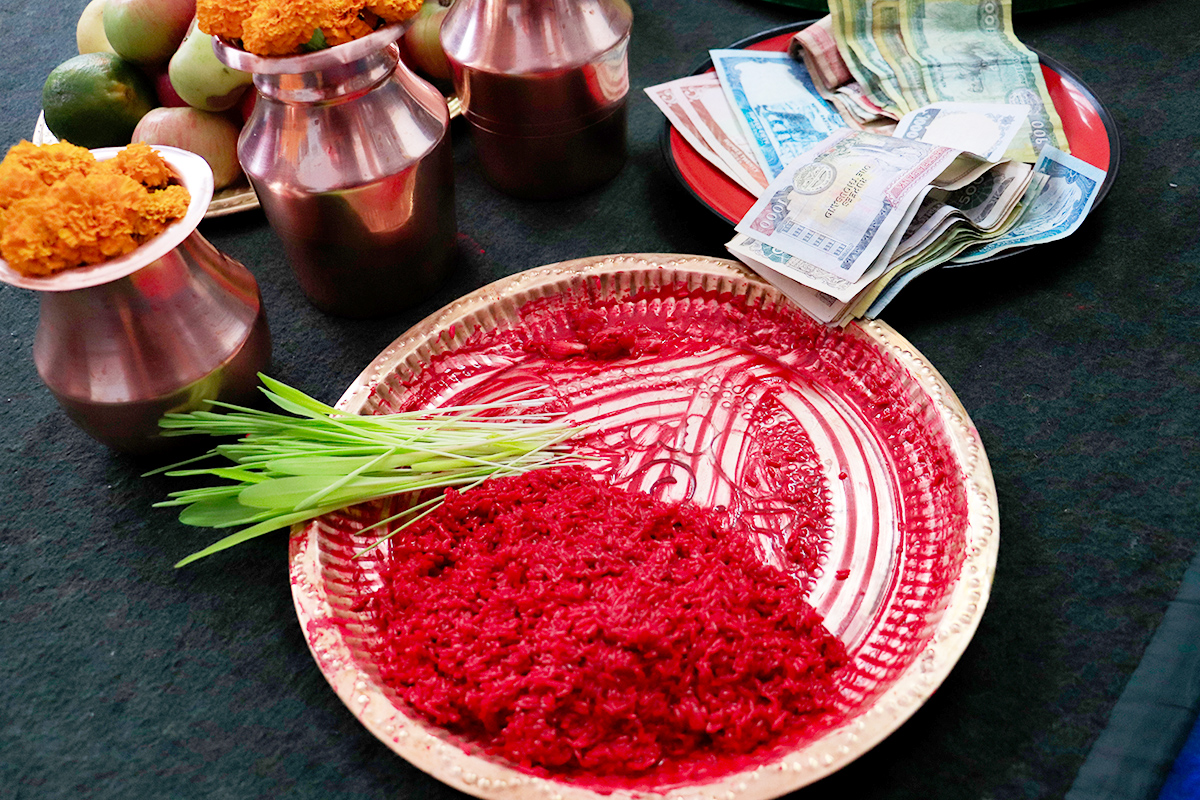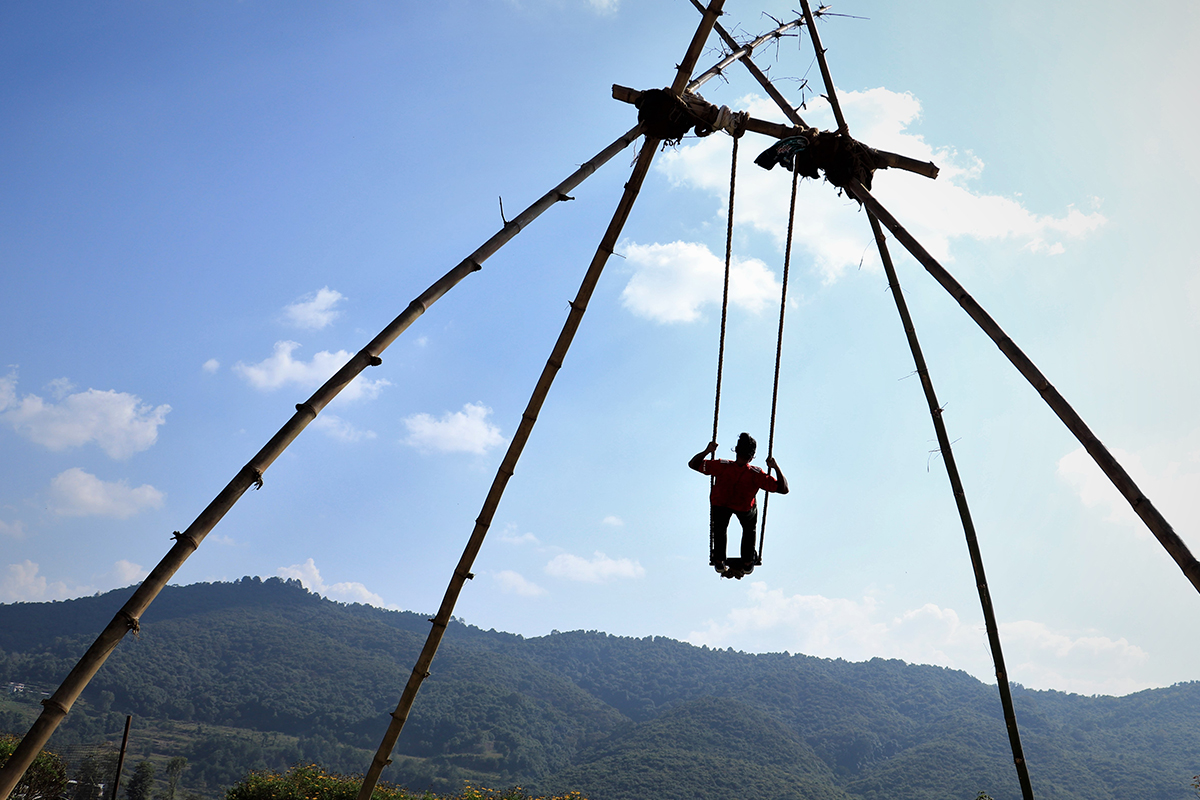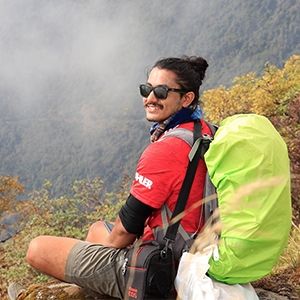Dashain (Vijaya Dashami) is the longest Hindu festival in Nepal. The longest and the most auspicious festival normally falls during September or October in the Solar calendar and lasts for 15 days. This festival is celebrated by the whole nation for the goddess Durga’s victory over the demon Mahishasura. Besides this, Nepalese people worship Goddess Durga for the fertility of the land and the year of good harvest for farmers. At the same time, Dashain is also a powerful festival that promotes the importance of family reunions, celebrates the festival together, and spends time at least once a year with all the family members. Most of the offices, companies, government services, and educational institutions along with other public sectors will be closed during the Dashain festival.
Table of Content
Why and when does the Dashain Festival celebrate?
According to Hindu mythology, the biggest Dashain festival is a symbol of victory over the demon and evil spirit. The Goddess Durga battled with the demon Mahisasur for 10 days and was killed finally at the end of the 10th day. That’s why we celebrate this festival for 10 days and the 10th day is called the Vijaya Dashami ( winning day). The win over demons also symbolizes that evil cannot win and it always comes to cease. So, this day is the most important day to all and after that, the last five days of the festival are the celebration of the victory. Besides the victory of Goddess Durga, the festival also acknowledges God Ram’s win over the devil Ravan with the Goddess Durga’s blessing.
This festival is normally celebrated from the end of September to October. It’s difficult to point out the exact date for all the years since the Nepali lunar calendar won’t be issued one year ahead. For this year 2025, the first day of Dashain called Ghatasthapana will begin on the 22 of September, and Vijaya Dashami will be celebrated on the 2nd of October and the celebration will continue until the 7th of October called Kojagrat Purnima. Till Kojagrat Purnima, relatives, and family members visit each other’s houses to receive Tika from the older ones and get blessings from them also.
Why is Dashain an important festival for Nepalese?
Dashain festival is a grand and celebrated festival for all the people, age groups, and diverse places in Nepal and Nepalese all around the globe. This festival brings the opportunity to meet their separated family and relatives which they had not met for quite a while. People get holidays on this occasion and they travel from far away to meet their families, friends, and relatives. Besides this, people decorate their houses, renovate them, buy new things in their homes, and buy new clothes for themselves and their kids is another important part of this festival. They make delicious and tasty food and invite their friends and relatives and spend time with them. Also, on this occasion, people get cash, a type of gift and blessing which is known as Dakshina from their family members and senior relatives. Similarly, huge bamboo swings are made in the communities to celebrate this festival more wisely.
Dashain Festival in Days
Bijaya Dashami is a 15-day long festival as we mentioned already which starts from Shukla Paksha (Bright Lunar Fortnight) and ends on Shukla Purnima (Full Moon Day). Among all these days, the first, seventh, eighth, ninth, tenth, and fifteen days. Each day has its own values and meanings. Each day is celebrated in a different way.
Ghatasthapana - First Day of Dashain
The very first day of the Bijaya Dashami is Ghatasthapana, which falls on the 22nd of September this year. On this day, every household plants Jamara, a sacred yellow grass. The Jamara is grown by sowing maize and grain seeds in a small mud pot. Also, the day starts with making the Ghada (Kalash), which is a sacred vessel or pot. The Kalash symbolizes the Goddess Durga. This Kalash is kept in the center covered with the holy cow dung and sewn barley and corn seeds. This whole process takes place in Puja Ghar, a sacred place in the house. The Jamara planted things are kept away from the rays of the direct sun but poured water every day. At the end of the seven days, we can see long-green yellowish sacred grass which is known as Jamara.
The Seventh Day - Fulpati
On this day, people mostly travel to their hometowns and start to clean and decorate their houses. Ful means flowers and Pati means leaves, so Fulpati means flower leaves. On this day, the Brahmin priest brings the royal Kalash, banana stalks, Jamara, and Sugarcane tied with red clothes from Gorkha to Kathmandu. And, the Fulpati parade will happen in Tudikhel, Kathmandu which is normally observed by the President of the nation along with officials. This parade will be organized by the Nepalese Army. This is a century-long traditional practice where army personnel fire a weapon in honor of Fulpati. After this ceremony, the Fulpati is taken to the Hanuman Dhoka in Basantapur Durbar Square.
Followed by Saptami is Maha Ashtami, which is the 8th day of the festival. People perform various rituals in the temple of Goddess Durga and Kali. This is the day when the fierceness of Goddess Durga’s manifestation, Kali, appears from the sacrifice of animals like buffaloes, hens, and goats. Devotees offered blood to the Goddess Kali as a symbol of fertility.
Following Ashtami is Maha Navami, which is the 9th day of the Dashain festival. This day is also called Navaratri where temples are full of devotees to worship the Goddess Kali and Durga. This day is also the day of Vishwakarma (the god of creativity). On this day people worship machinery, things like buses, cars, and bikes including household things like knives, Axe, Khukuri, and iron.
The Tenth Day - Bijaya Dashami
Vijaya Dashami is the most auspicious and important day of the Dashain festival in Nepal. On this day, elder people in the house put tika ( a mixture of rice, curd, vermillion powder, and sugar) and Jamara along with money as a gift and blessings to the younger one. People normally travel to their relative’s houses and get Tika and blessings from them also. People offer delicious food to the one who comes to get Tika. Similarly, putting tika and getting blessings from the elder one continues until Kojagrat Purnima. There is an interesting mythical story that, if you awake all night in the last of Dashain ( which is Kojagrat Purnima), the goddess of wealth Laxmi will bless all the devotees.
Celebrations in Dashain Festival
Programs, rituals, cultural performances, and all those are one part of the Dashain festival. Besides this, it’s an event for all the people and playing many games, spending time with your friends, and families, gatherings, playing cards, flying kites, eating delicious foods, and many more. Buying new clothes for you and your children. Most people get a long vacation on this occasion, so people go for short trips inside or outside the country. Trekking in Nepal is getting popular nowadays as many people can be seen on different trekking trails in Nepal. Local clubs in different parts of the country organize different games, they also organize cultural programs where you can see dance, singing, and many more activities.
Writing about the biggest festival of Nepal, Footprint Adventure would like to invite you to this auspicious occasion. You will get a chance to explore a glimpse of this festival and you can also participate in this festival. This festival is worth experiencing for you. For more details, please feel free to contact us anytime. This year the Dashain falls on Thursday, 2nd October, 2025.


